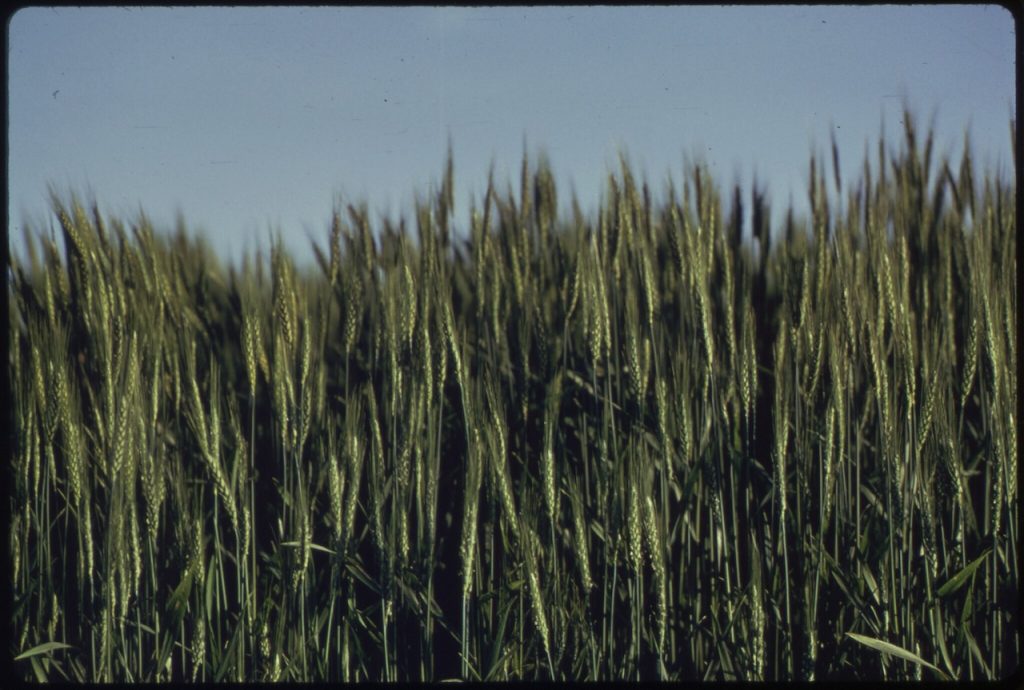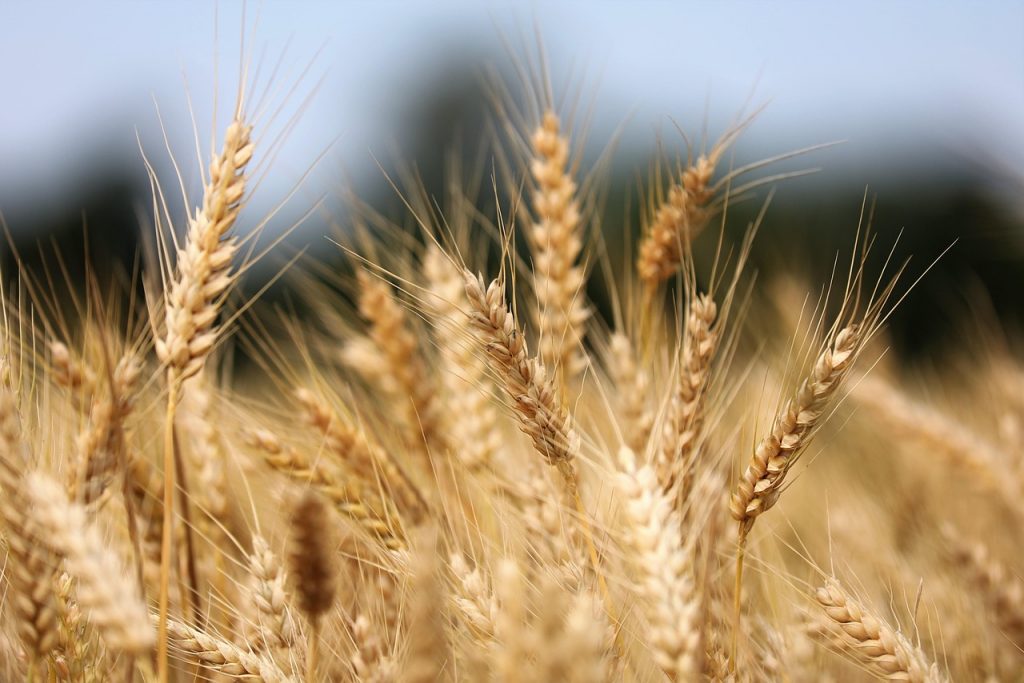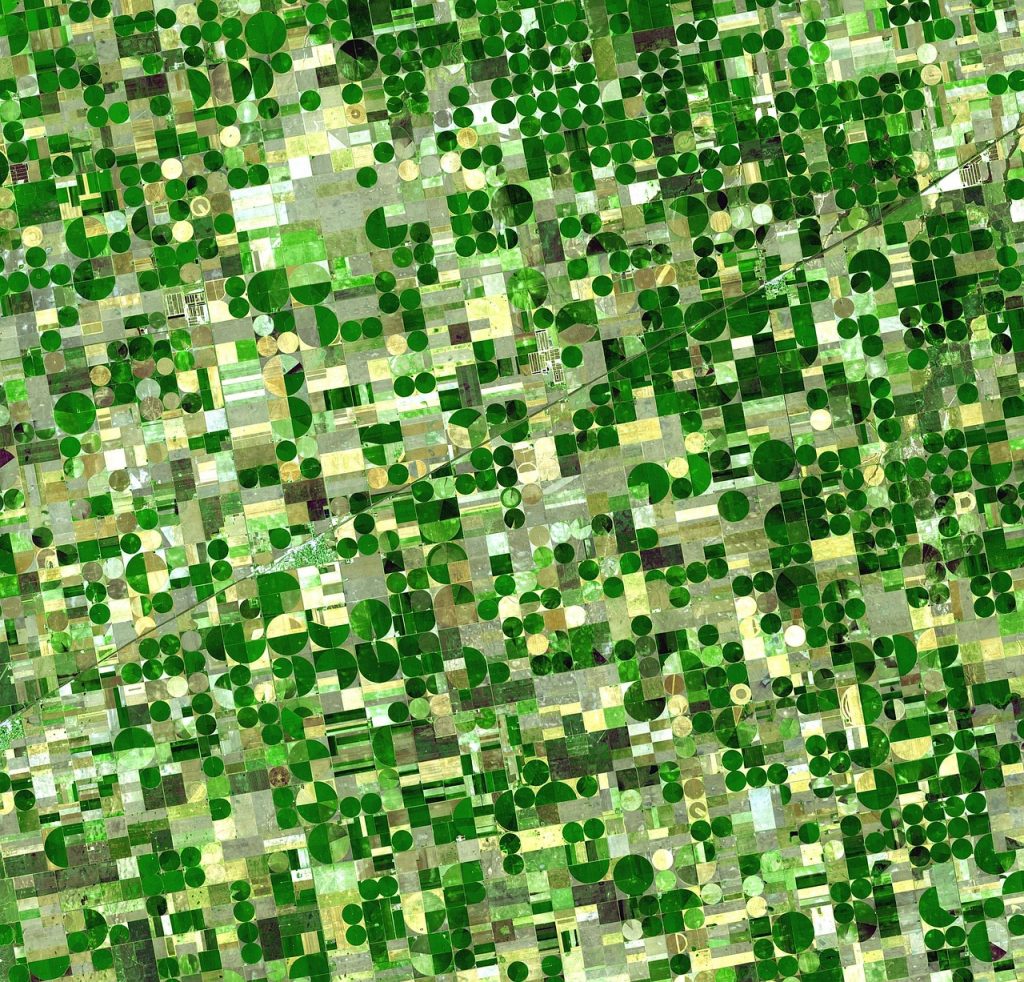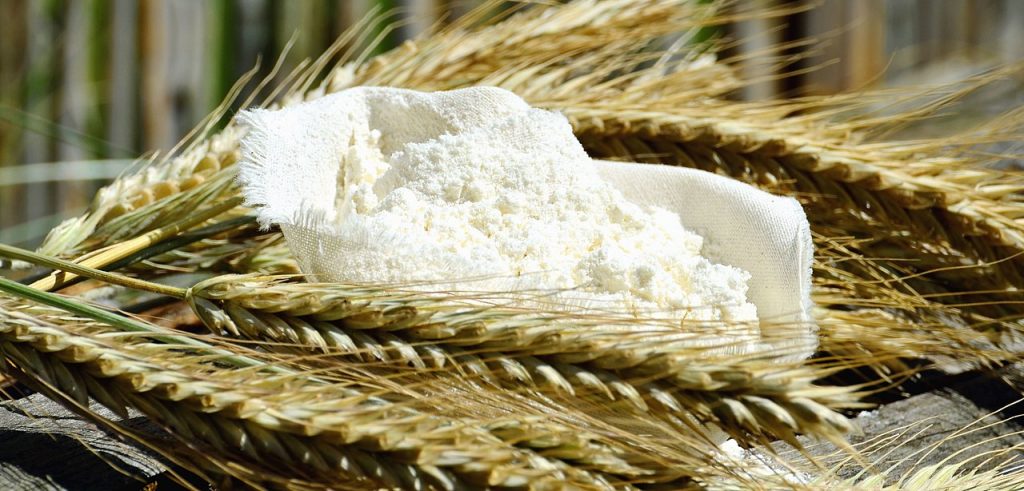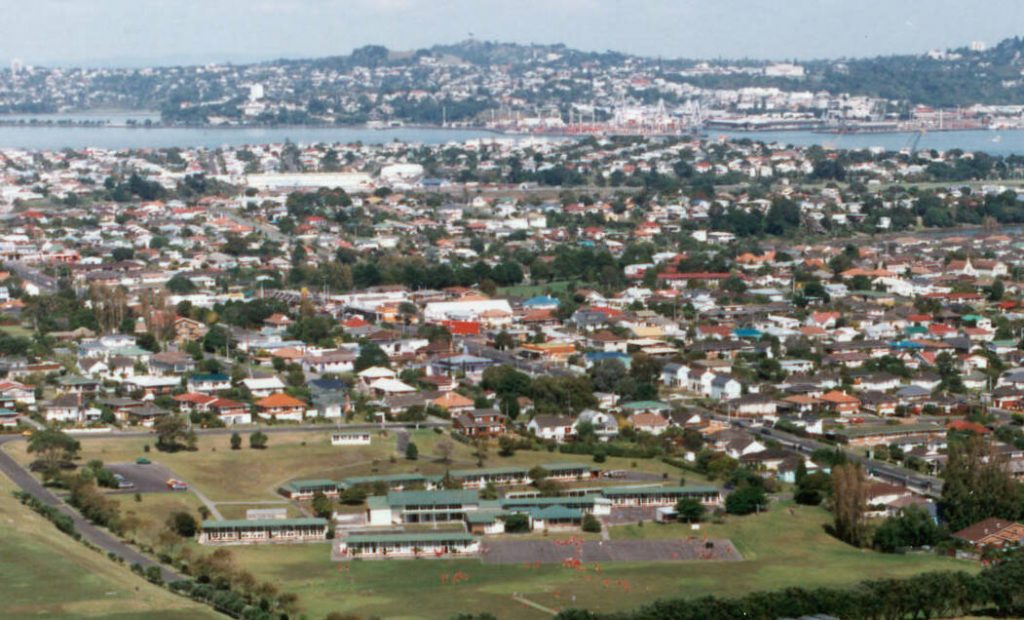
Are you a parent in your 20s or 30s searching for the perfect school for your child in the Devonport–Takapuna area? This vibrant region offers a variety of schools that cater to different educational needs, providing a nurturing environment where children can thrive academically and socially. Below is a list of some of the top primary schools and intermediate schools in Devonport–Takapuna, complete with details on their offerings, roll sizes, and history.
The List of Primary Schools
Bayswater School
Bayswater School is a small, community-oriented primary school located in the picturesque Bayswater area. Offering education for Years 1 to 6, this state school is known for its personalized approach to teaching and learning. With a roll of 153 students, Bayswater School maintains a close-knit community where every child receives individual attention and care.
| Years | Area | Authority | Opened | Roll |
|---|---|---|---|---|
| 1–6 | Bayswater | State | – | 153 |
Belmont Intermediate School
Belmont Intermediate School provides education for students in Years 7 and 8. Located in the Belmont area, this intermediate school is an excellent choice for children transitioning from primary school to high school. With a roll of 651 students, the school focuses on fostering independence, leadership skills, and academic excellence.
| Years | Area | Authority | Opened | Roll |
|---|---|---|---|---|
| 7–8 | Belmont | State | – | 651 |
Belmont School
Belmont School, a state primary school, caters to students from Years 1 to 6. Established in 1912, this school has a long history of delivering quality education to the local community. With a roll of 452 students, Belmont School offers a supportive learning environment where students are encouraged to achieve their best.
| Years | Area | Authority | Opened | Roll |
|---|---|---|---|---|
| 1–6 | Belmont | State | 1912 | 452 |
Campbells Bay School
Campbells Bay School is a large state primary school that serves students in Years 1 to 6. With a roll of 852 students, the school offers a rich educational experience, combining a strong academic curriculum with opportunities for extracurricular activities. Established in 1925, it remains a popular choice for families in the Castor Bay area.
| Years | Area | Authority | Opened | Roll |
|---|---|---|---|---|
| 1–6 | Castor Bay | State | 1925 | 852 |
Devonport School
Devonport School, established in 1870, is one of the oldest primary schools in the area. Serving students from Years 1 to 6, it has a roll of 235 students. The school offers a close-knit, community-based environment where children receive excellent support to grow academically and socially.
| Years | Area | Authority | Opened | Roll |
|---|---|---|---|---|
| 1–6 | Devonport | State | 1870 | 235 |
Forrest Hill School
Forrest Hill School is a well-established state primary school in the Forrest Hill area, offering education for students in Years 1 to 6. The school has a roll of 492 students and is known for its strong academic record and commitment to the personal growth of its students.
| Years | Area | Authority | Opened | Roll |
|---|---|---|---|---|
| 1–6 | Forrest Hill | State | – | 492 |
Hauraki Primary School
Hauraki Primary School is located in the vibrant Hauraki area and offers education for students from Years 1 to 6. Established in 1954, the school has a roll of 509 students. Hauraki Primary is known for its inclusive environment and strong focus on academic and social development.
| Years | Area | Authority | Opened | Roll | Website |
|---|---|---|---|---|---|
| 1–6 | Hauraki | State | 1954 | 509 | Website |
Milford School
Milford School, located in the heart of Milford, is a highly regarded state primary school that serves students from Years 1 to 6. With a roll of 617 students, Milford School offers a well-rounded educational experience with a strong emphasis on academic achievement and character development.
| Years | Area | Authority | Opened | Roll |
|---|---|---|---|---|
| 1–6 | Milford | State | 1926 | 617 |
St Joseph’s Catholic School
St Joseph’s Catholic School in Takapuna is a state-integrated school offering education for students from Years 1 to 6. Established in 1849, the school has a roll of 458 students and provides a faith-based education that blends strong academic programs with Catholic values.
| Years | Area | Authority | Opened | Roll |
|---|---|---|---|---|
| 1–6 | Takapuna | State Integrated | 1849 | 458 |
St Leo’s School
St Leo’s School is another Catholic institution in Devonport, offering education from Years 1 to 6. With a smaller roll of 55 students, St Leo’s focuses on delivering a personalized and nurturing environment that supports both academic growth and spiritual development.
| Years | Area | Authority | Opened | Roll |
|---|---|---|---|---|
| 1–6 | Devonport | State Integrated | 1893 | 55 |
Each of these schools offers something unique, whether it’s a strong academic foundation, a rich history, or a focus on community values. Choosing the right school for your child is an important decision, and the Devonport–Takapuna area is home to many excellent options.
